Radio Shop Chat: Views of the National Academies of Sciences, Engineering, and Medicine on Agenda Items at Issue at the World Radiocommunication Conference 2027
Virtual
Please register to attend our upcoming Radio Shop Chat with Nathaniel Livesey and Scott Paine if you haven’t already done so! Registration is Free and can be found here: https://www.spectrumx.org/event/radio-shop-chat-views-of-the-national-academies-of-sciences/
Abstract
Periodically—currently every four years—the International Telecommunication Union (ITU) convenes a World Radiocommunication Conference (WRC) to revise the Radio Regulations, an internationally agreed treaty that governs radio spectrum use, including frequency allocations and technical standards. Each WRC also sets the agenda and preliminary agenda for the next two WRCs, initiating a study cycle towards future revisions of the radio regulations at these upcoming meetings.
The U.S. National Academies of Sciences, Engineering, and Medicine has produced a consensus study report analyzing the impact of agenda items under consideration for WRC-2027 (and preliminary agenda items for WRC-2031) upon scientific use of the radio spectrum. Much of the WRC-2027 agenda is driven by the rapid developments taking place in non-terrestrial telecommunications networks supported by non-geostationary satellites in low Earth orbit. These developments pose significant challenges to Earth remote sensing and radio astronomy.
In this presentation, we will provide a summary briefing on this report, entitled “Views of the U.S. National Academies of Sciences, Engineering, and Medicine on Agenda Items at Issue at the World Radiocommunication Conference 2027.”
Bios
Nathaniel Livesey is an atmospheric scientist and the principal investigator for the Microwave Limb Sounder (MLS) instrument on the Earth Observing System Aura spacecraft at NASA’s Jet Propulsion Laboratory. Livesey served as the Chair of National Academies’ Committee on the Views of the World Radiocommunication Conference, 2027.Livesey’s research interests are centered on space-based microwave observations of the chemistry, hydrology, and dynamics of Earth’s atmosphere. Most of Livesey’s work has focused on the MLS experiments both on Aura and the earlier Upper Atmosphere Research Satellite (UARS) launched in 1991. Before becoming Aura MLS principal investigator (PI), Livesey was responsible for the MLS “retrieval” algorithms. These convert the raw observations of the microwave signature of the atmosphere into measurements of atmospheric composition, temperature, humidity, and cloud ice. Livesey earned a DPhil in physics from Oxford University, England.
Scott Paine is a senior physicist in the Radio and Geoastronomy division of the Smithsonian Astrophysical Observatory at the Center for Astrophysics | Harvard & Smithsonian. Paine served as the Vice-chair of National Academies’ Committee on the Views of the World Radiocommunication Conference, 2027. Paine has been affiliated with the Submillimeter Array radio interferometer on Maunakea, Hawaii, since its original development and construction. In addition, Paine is a member of the collaboration and project teams for CMB-S4, the next-generation ground-based cosmic microwave background experiment. Paine’s research interests include advancing instrumentation and techniques for radio astronomy, and measuring, understanding, and statistically characterizing radiative properties of Earth’s atmosphere having broad importance for optimizing astronomical observations, remote sensing, and modeling of Earth’s climate system. Paine earned a PhD in physics from the Massachusetts Institute of Technology (MIT).

